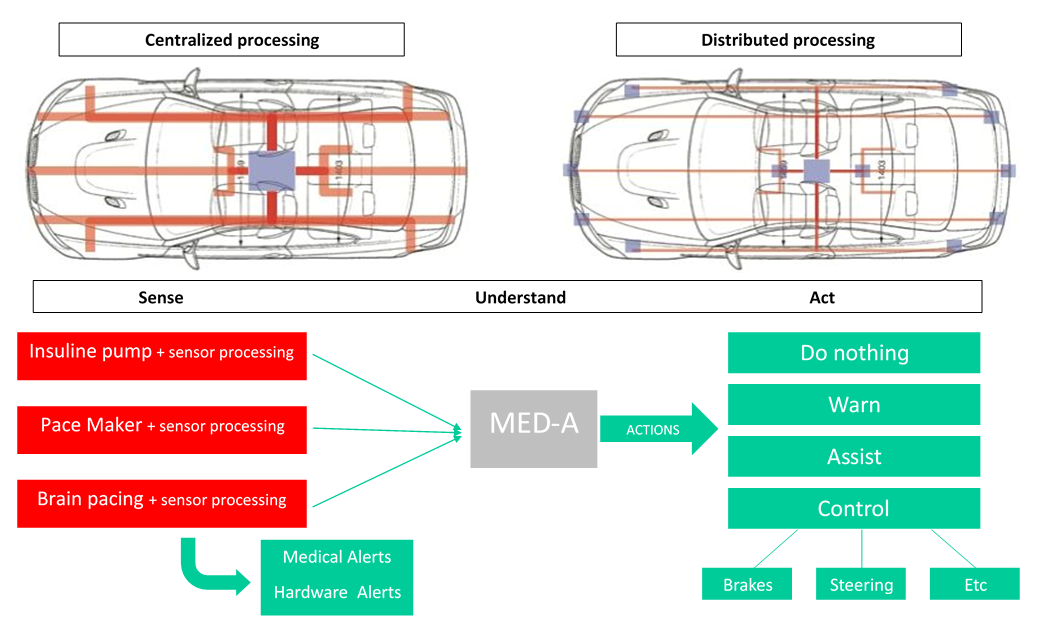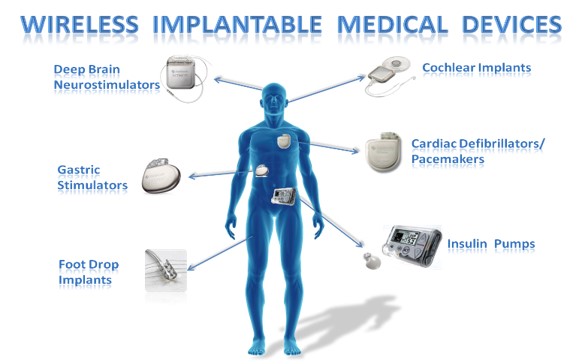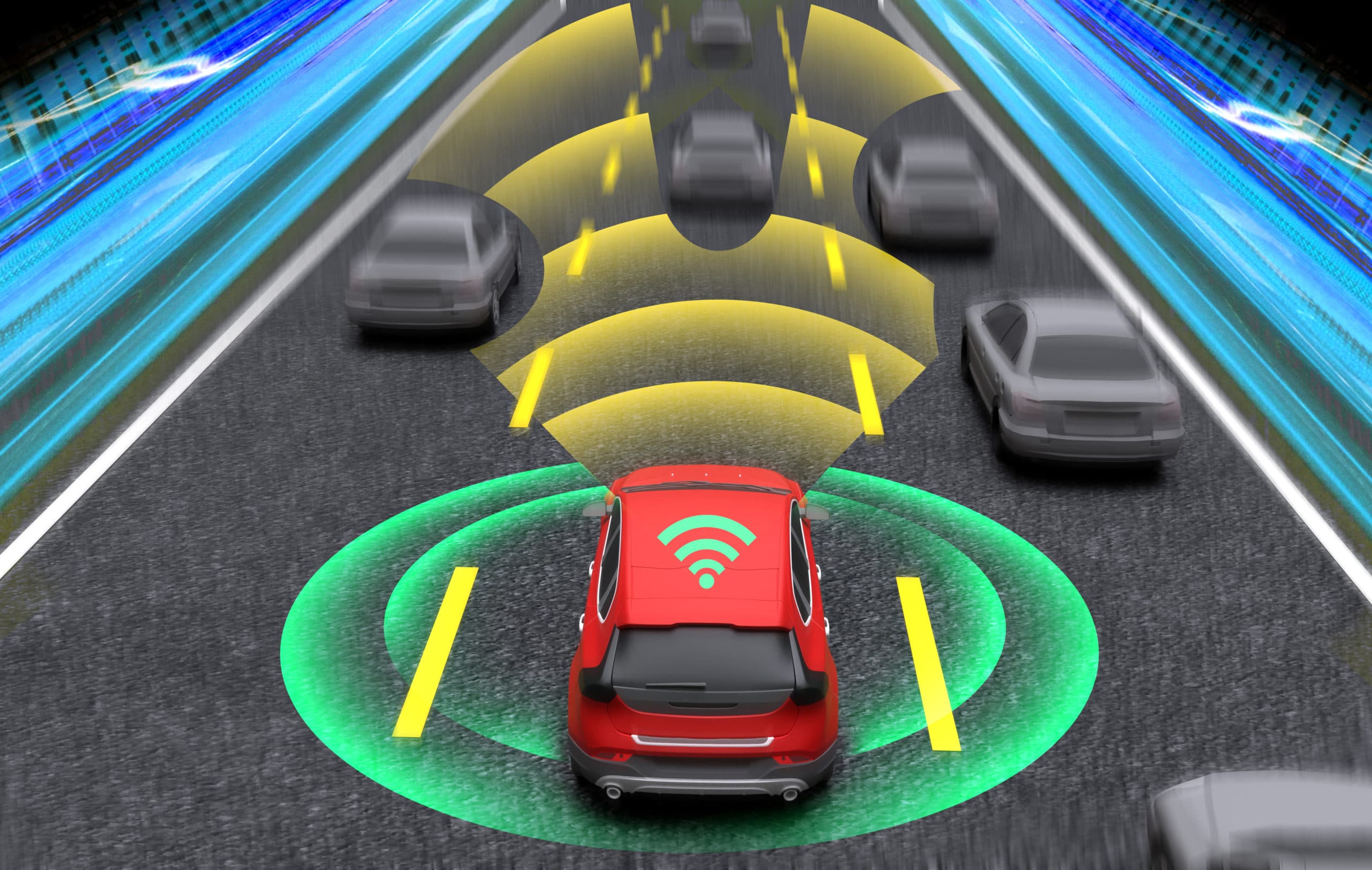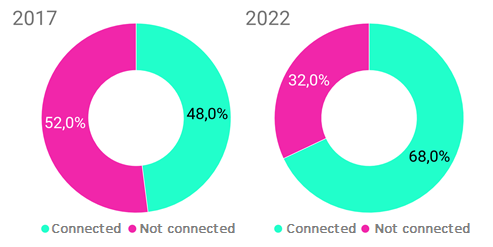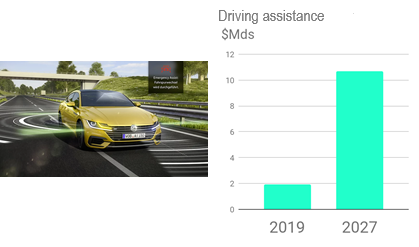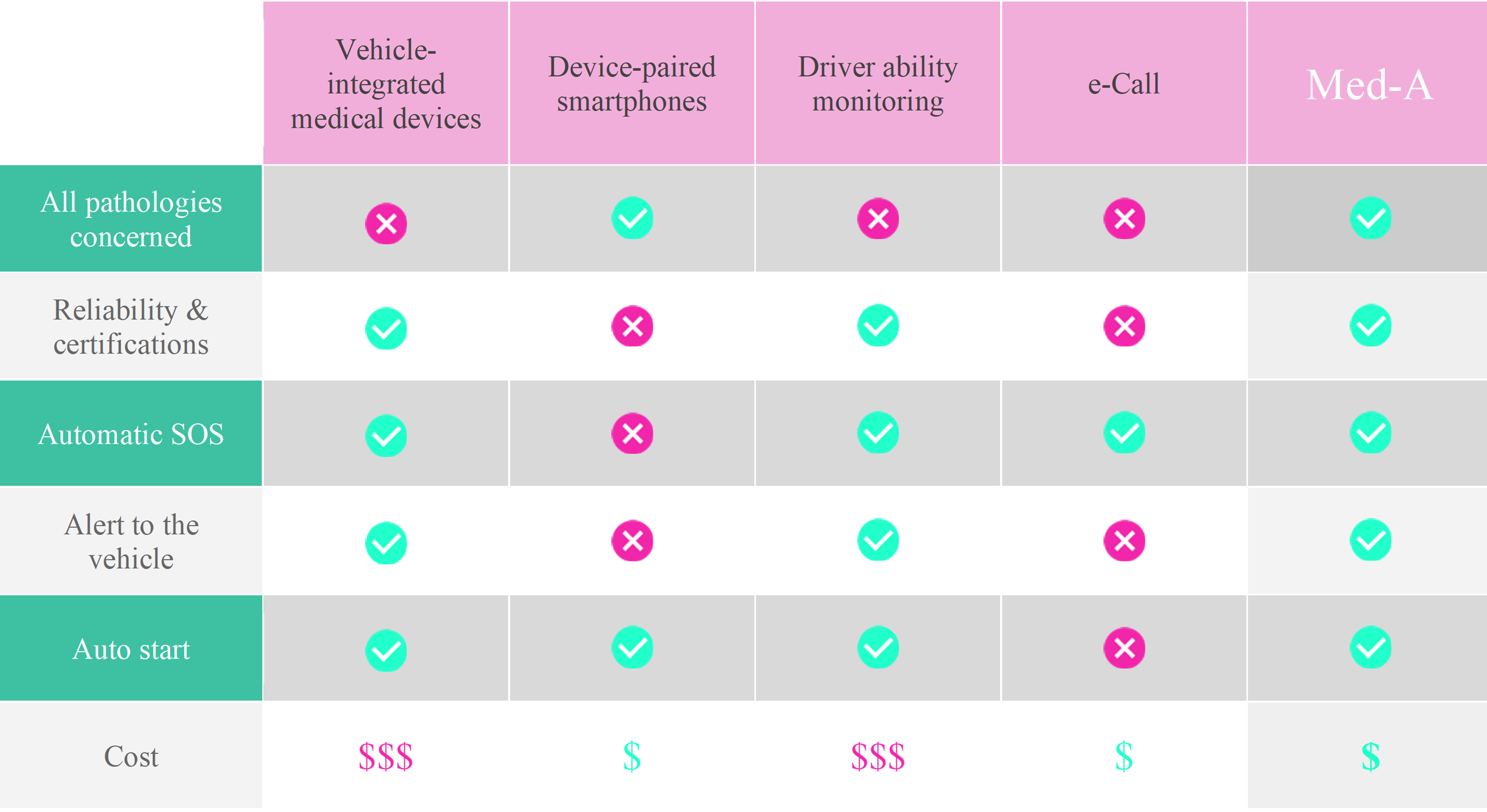Med-A, a tiny and secure electronic device.
Low energy consumption, with a built-in and rechargeable power supply.
Current communication standards (Bluetooth…), matching with all connected medical devices.
Long-distance communication and geolocation embedded unit.
Full vehicle integration through Can FD and/or Ethernet networks.
Full autonomous data analysis, classification, and verification algorithms with remote updates.
Recyclable.
Low energy consumption, with a built-in and rechargeable power supply.
Full vehicle integration through Can FD and/or Ethernet networks.
Current communication standards (Bluetooth…), matching with all connected medical devices.
Full autonomous data analysis, classification, and verification algorithms with remote updates.
Long-distance communication and geolocation embedded unit.
Recyclable.
Low energy consumption, with a built-in and rechargeable power supply
Full vehicle integration through Can FD and/or Ethernet networks.
Current communication standards (Bluetooth…), matching with all connected medical devices.
Full autonomous data analysis, classification, and verification algorithms with remote updates.
Long-distance communication and geolocation embedded unit.
Recyclable.
Built by a multidisciplinary team
Doctor
Lawyer
Engineers
Med-A informs in real time the start-up and autonomous vehicle control units of a occupants’ medical devices alert while preserving their agency.
Med-A informs in real time the start-up and autonomous vehicle control units of a occupants’ medical devices alert while preserving their agency.
Why only now?
Ecosystem is ready!
Why choose Med-A?
Why choose Med-A?
Only an embedded system can deal with all the situations.
Only an embedded system can deal with all the situations.
Alternative solutions have been patented but attempt the vehicle itself to become a medical device.
However, their hypothetical development faces problems of reliability, security, functionality and the huge costs
linked to the technological and forensic constraints of efficient real-time diagnosis.
Alternative solutions have been patented but attempt the vehicle itself to become a medical device.
However, their hypothetical development faces problems of reliability, security, functionality and the huge costs linked to the technological and forensic constraints of efficient real-time diagnosis.

